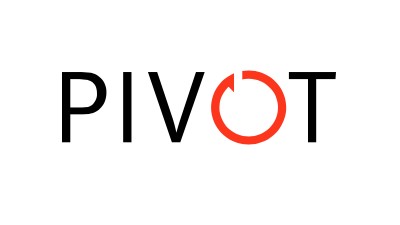How To Avoid The Pitfalls In A Traditional Furniture RFP

A request for proposals or bidding process has long been the preferred method of leveling the playing field for competing contract furniture dealers. But industry professionals are starting to question the effectiveness of a process once thought of as essential when designing a new workspace.
The traditional bid process is designed to provide an efficient means of evaluating vendors, allowing end users to arrive at the most cost-effective solution for a clearly defined set of requirements.
“In reality, it can often be time-consuming, a significant drain on resources and a flawed solution that doesn’t always meet the client’s business objectives,” Pivot Interiors A&D Director Edward Woodill said.
The RFP process is in need of an upgrade that moves beyond a bid's competitive nature.
“End users should be looking to develop long-lasting partnerships with workplace experts based on transparency, goal alignment and trust,” Woodill said.

Trust has grown in importance as workplaces become more complex. Private offices and cubicles have been replaced with open floor plans, collaborative meeting spaces and lounges. While an RFP may attempt to articulate all the functional, aesthetic and technical requirements of a growing list of furniture items, this is rarely accomplished. Any gaps in the RFP can then be exploited during the process by inserting substandard solutions to achieve the lowest price.
Inconsistency across product lines is another challenge. It is difficult to make an "apples-to-apples" comparison across all products and between vendors. The goal instead is to win the bid by being perceived as the most attractive either in price or product presentation. Once the bid has been won, the furniture partner can continue to develop a solution with the client that truly satisfies the project's needs.
Adding to the RFP complexity is the growing popularity of ancillary products, which have evolved from traditional lounge furniture into workplace eye-candy like Boss Design's Cocoon and Arcadia's Co-Op meeting spaces. The dealer’s product discretion around ancillary specifications has further complicated the bid process. Competing dealers will often provide their lower-end products in a bid.
The price advertised in the bid will often not match the final cost once furniture specifications are adjusted and end users opt for different, higher-quality products.
“Think of it as compared to buying a car,” Pivot Interiors A&D Creative Strategist Maddy Raman said. “The advertised price that gets you in the door tends to increase once you have elected for personal upgrades."

Achieving optimal results starts with a conversation. Proposals should begin with a pre-interview where the dealer is able to meet with the client or decision-maker and work through any questions or comments they might have. This accounts for the most important factor of any relationship, the human factor.
“The objective is to create a process that works for the end user and their specific goals, rather than a one-size-fits-all approach," Raman said.
Industry-savvy companies have started to move away from the bid process entirely, embracing the design partnership approach as a way to avoid the lengthy RFP process. Partnering with a workplace expert early in the design process allows all the pieces to come together, including budget and timeline.

“If end users still want to explore all their options, hosting a smaller bid process, ‘bid-lite,’ can help identify potential partners without going through a lengthy and time-consuming RFP process,” Raman said.
The rise of open office plans has walls coming down and furniture filling in the gaps. The greater emphasis on furniture makes partnering with a trusted dealer more important than ever in creating the perfect office environment.
To learn more about this Bisnow content partner, click here.

